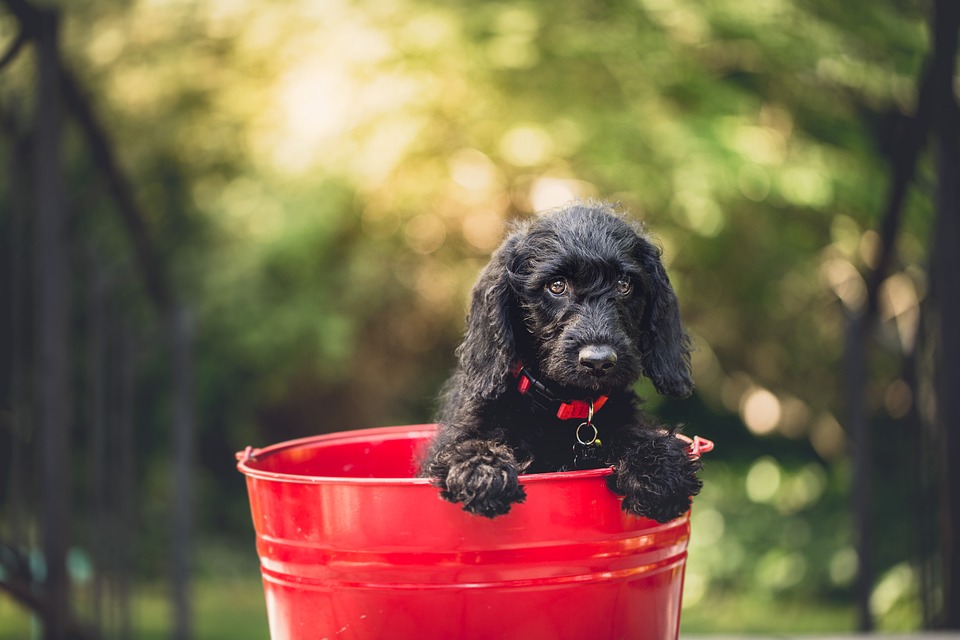Dehydration is a serious health concern in dogs that can lead to various complications if left untreated. As responsible pet owners, it is essential to be aware of the signs and symptoms of dehydration in dogs, as well as the necessary steps to prevent and treat it. This guide will provide you with valuable information on understanding dehydration in dogs, enabling you to take prompt action when necessary.
What is Dehydration in Dogs?
Dehydration occurs when a dog’s body loses more water than it takes in, resulting in a fluid imbalance. This can happen due to various reasons such as excessive heat, insufficient water intake, vomiting, diarrhea, or underlying health conditions. Dogs rely on water to maintain their bodily functions, such as regulating body temperature, aiding digestion, and transporting nutrients. When they lose more fluids than they consume, it disrupts these vital processes.
Signs and Symptoms of Dehydration
Recognizing the signs of dehydration in dogs is crucial for early intervention. Some common indicators to watch out for include:
1. Loss of skin elasticity: Gently pinch and lift the skin on your dog’s back. If it takes longer than usual to return to its original position, it may indicate dehydration.
2. Dry gums and nose: Check your dog’s gums and nose; they should be moist and slick. If they appear dry or sticky, it might be a sign of dehydration.
3. Lethargy and weakness: Dehydrated dogs often show reduced energy levels, appear tired, and lack enthusiasm for regular activities.
4. Excessive panting: Dogs regulate their body temperature through panting. If you notice excessive panting without apparent cause, it could be due to dehydration.
5. Sunken eyes: Dehydration can cause a dog’s eyes to appear sunken or dull.
6. Loss of appetite: A decrease in food intake, accompanied by other symptoms, may indicate dehydration.
7. Dark-colored urine: Dehydrated dogs often have concentrated urine, which appears darker than usual.
Preventing Dehydration in Dogs
Prevention is key when it comes to dehydration in dogs. Here are some effective measures to ensure your furry friend stays hydrated:
1. Provide fresh water: Always make sure your dog has access to clean and fresh water throughout the day. Regularly check their water bowl and refill it as needed.
2. Hydration during exercise: If you go for walks or engage in physical activities with your dog, carry water and a portable bowl to offer regular hydration breaks.
3. Avoid excessive heat: During hot weather, limit your dog’s exposure to direct sunlight and provide shade. Avoid strenuous activities during peak heat hours.
4. Monitor water consumption: Be aware of your dog’s water intake. If you notice a sudden decrease, it could indicate an underlying health issue that needs veterinary attention.
Treating Dehydration in Dogs
If you suspect your dog is dehydrated, it is crucial to take immediate action. Here are some steps to follow:
1. Rehydration: Offer your dog small amounts of water to drink. It is important not to allow them to consume large quantities at once, as it can lead to further complications. Electrolyte solutions specially formulated for dogs may also help restore hydration levels.
2. Consult a veterinarian: If your dog’s condition does not improve or worsens, seek veterinary assistance. They can assess the severity of dehydration and provide appropriate treatment, which may include intravenous fluids for severe cases.
Frequently Asked Questions (FAQs)
Q1: Can dehydration be fatal for dogs?
A1: Yes, severe dehydration can be life-threatening for dogs if not addressed promptly. It is crucial to recognize the signs and seek veterinary care if necessary.
Q2: Can I give my dog sports drinks to rehydrate?
A2: It is best to avoid giving sports drinks or any beverages designed for humans to dogs. These drinks may contain ingredients that could be harmful to your pet. Stick to plain, clean water or consult your veterinarian for suitable alternatives.
Q3: How can I tell if my dog is drinking enough water?
A3: Monitoring your dog’s water intake is important. A general guideline is that dogs should consume approximately one ounce of water per pound of body weight daily. However, factors such as activity level, weather, and health conditions may affect their water needs. Consult your veterinarian for personalized recommendations.
Q4: Are there any breeds more susceptible to dehydration?
A4: Some dog breeds, such as Bulldogs, Pugs, and Boxers, are more prone to heat exhaustion and dehydration due to their brachycephalic (flat-faced) anatomy. These breeds require extra care during hot weather to prevent dehydration and overheating.
By understanding the signs of dehydration, taking preventive measures, and promptly treating any instances of dehydration in your dog, you can ensure their overall well-being. Remember, if you ever have concerns about your dog’s health, it is always best to consult with a veterinarian for professional guidance.









